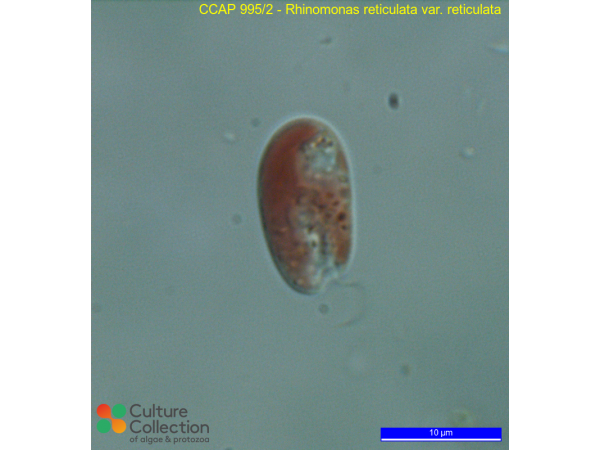References [ 15 ]
Invidia M, Sei S & Gorbi G (2004) Survival of the copepod Acartia tonsa following egg exposure to near anoxia and to sulfide at different pH values. Marine Ecology - Progress Series 276: 187-196.
Robertson PKJ, Black KD, Adams M, Willis K, Buchan F, Orr H, Lawton L & McCullagh C (2009) A new generation of biocides for control of crustacea in fish farms. Journal of Photochemistry and Photobiology B: Biology 95: 58-63.
Sei S, Invidia M & Gorbi G (2006) Near anoxia and sulfide as possible factors influencing the spatial distribution of Acartia tonsa and Acartia clausi: Comparative evaluation of egg tolerance. Journal of Experimental Marine Biology and Ecology 337: 121-130.
Leonardos N & Lucas IAN (2000) The use of larval fatty acids as an index of growth in Mytilus edulis L. larvae. Aquaculture 184: 155-166.
DOI: none
Leonardos N & Lucas IAN (2000) The nutritional value of algae grown under different culture conditions for Mytilus edulis L. larvae. Aquaculture 182: 301-315.
DOI: none
Zhang J, Wu C, Pellegrini D, Romano G, Esposito F, Ianora A & Buttino I (2013) Effects of different monoalgal diets on egg production, hatching success and apoptosis induction in a Mediterranean population of the calanoid copepod Acartia tonsa (Dana). Aquaculture 400-401: 65-72.
Leonardos N & Geider RJ (2005) Elemental and biochemical composition of Rhinomonas reticulata (Cryptophyta) in relation to light and nitrate-to-phosphate supply ratios. Journal of Phycology 41: 567-576.
DOI: none
Zhang J, Ianora A, Wu C, Pellegrini D, Esposito F & Buttino I (2014) How to increase productivity of the copepod Acartia tonsa (Dana): Effects of population density and food concentration. Aquaculture Research -: 1-9.
Marti-Solans J, Ferrandez-Roldan A, Godoy-Marin H, Badia-Ramentol J, Torres-Aguila NP, Rodriguez-Mari A, Bouquet JM, Chourrout D, Thompson EM, Albalat R & Canestro C (2014) Oikopleura dioica culturing made easy: A low-cost facility for an emerging animal model in EvoDevo. Genesis 53: 183-193.
Slocombe SP, Zhang QY, Ross M, Anderson A, Thomas NJ, Lapresa A, Rad Menéndez C, Campbell CN, Black KD, Stanley MS & Day JG (2015) Unlocking nature's treasure-chest: Screening for oleaginous algae. Scientific Reports 5: 09844.
Bouquet JM, Spriet E, Troedsson C, Ottera H, Chourrout D & Thompson EM (2009) Culture optimization for the emergent zooplanktonic model organism Oikopleura dioica. Journal of Plankton Research 31: 359-370.
Olsen BR, Dahlgren K, Schander C, Bamstedt U, Rapp HT & Troedsson C (2012) PCR-DHPLC assay for the identification of predator-prey interactions. Journal of Plankton Research 34: 277-285.
Cunningham BR, Greenwold ML, Lachenmyer EM, Heidenreich KM, Davis AC, Dudycha JL & Richardson TL (2018) Light capture and pigment diversity in marine and freshwater cryptophytes Journal of Phycology -: -.
Merritt KA & Richardson TL (2024) Variability in spectral absorption within cryptophyte phycobiliprotein types. Journal of Phycology 60: 528-540.
Rotolo F, Vitiello V, Souissi S, Carotenuto Y & Buttino I (2024) Physiological and molecular responses of the copepods Acartia clausi and Acartia tonsa to nickel nanoparticles and nickel chloride Chemosphere 360: 142302.






